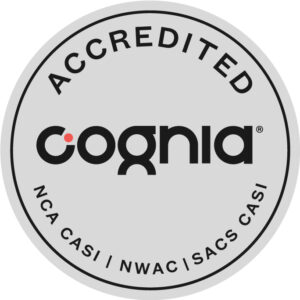
A successful education is one that challenges students and keeps them motivated to learn. Inquiry-Based learning is just one of many ways educators can keep their students engaged within the classroom. But how do teachers effectively apply it during a lecture? There are a few ways to do it, but here are some examples of inquiry-based learning in the classroom to consider.
Inquiry-based learning (IBL), sometimes referred to as question-based learning, is a student-centric method of teaching that emphasizes curiosity and exploration. It encourages students to ask questions and use evidence-based reasoning and critical thinking skills to find the answers.
The idea is to guide students to think beyond curiosity and into critical thinking and understanding. Instead of telling students what to do, challenge students to explore the subject by asking questions and creating solutions.
This investigation phase brings about opportunities for research and class discussion. Students must use evidence-based reasoning and creative problem-solving skills to reach a solution and explain and defend their reasoning.
Not only does this help students take more ownership over their education but they also develop a deeper meaning of the class material.
There are different types of Inquiry-Based Learning that educators can apply to the classroom. The great thing is that IBL is flexible thus allowing teachers to fit it into their lessons.
First Person Experiences: In this project, students research and take on the identities of people actively involved in an event or era.
Inquiring Minds: In this activity students form small groups based on selected topics and create questions that must be answered through research.
Transmediations: Instead of a presentation try a writing activity. In this example, students change the medium of a work from its original form into a new one. For example, changing a book into a poem or song.
Press Conference: Just as it sounds, students create a presentation similar to a press conference. Have students research a given topic and present it to their peers. The rest of the class acts as the audience and presents questions. While this example of inquiry-based learning also serves as a great lesson in public speaking, it is a wonderful way to encourage students to ask all kinds of questions.
A great advantage of Inquiry-Based learning is that educators can apply it across different disciplines and subjects. Plus, it will instill a desire to learn more and inspire students to always question what is in front of them.
We pride ourselves on creating meaningful and engaging learning experiences for our classrooms. Our award-winning teaching methods are student-centered and technology-driven. Please reach out to learn more about our curriculum or for questions about enrollment.

